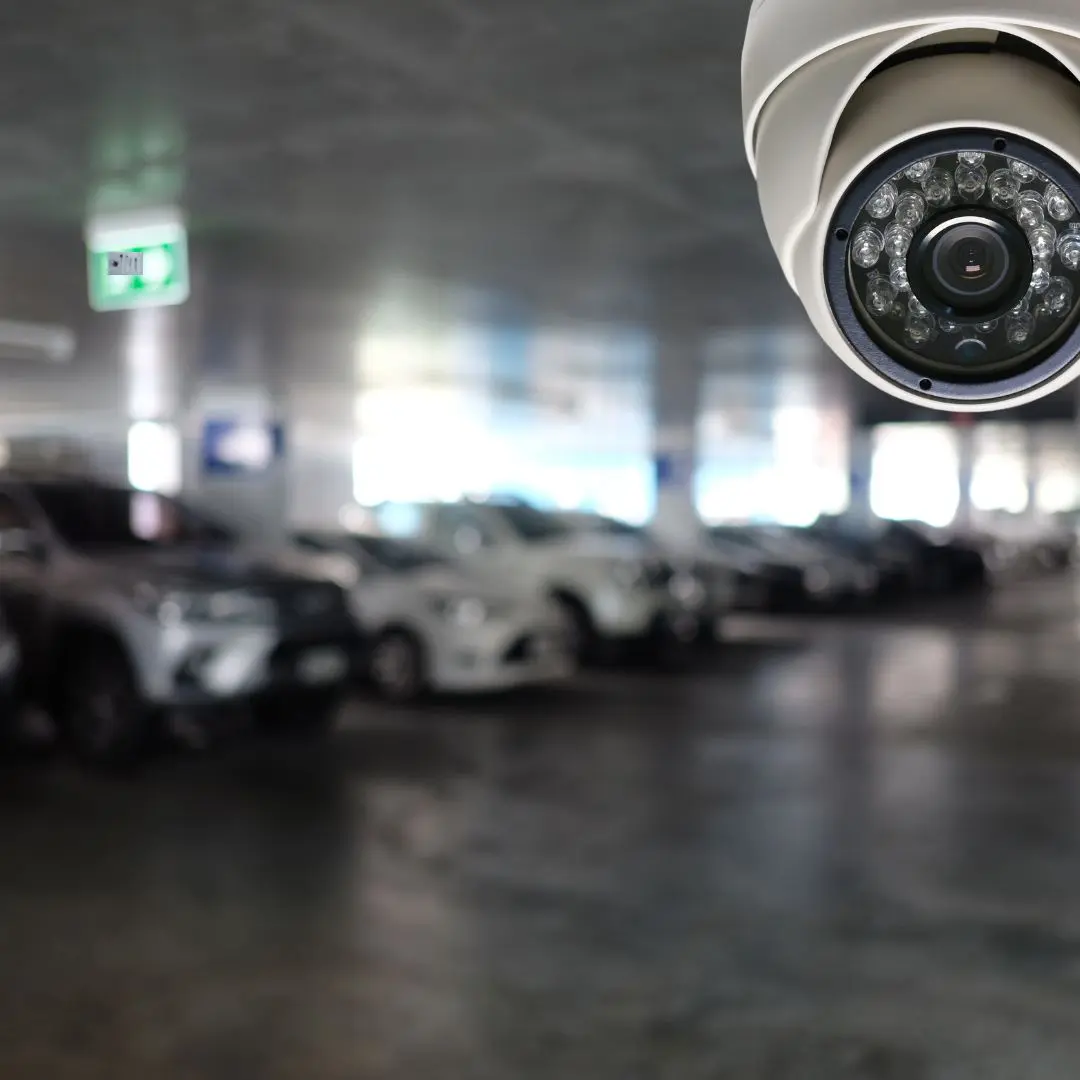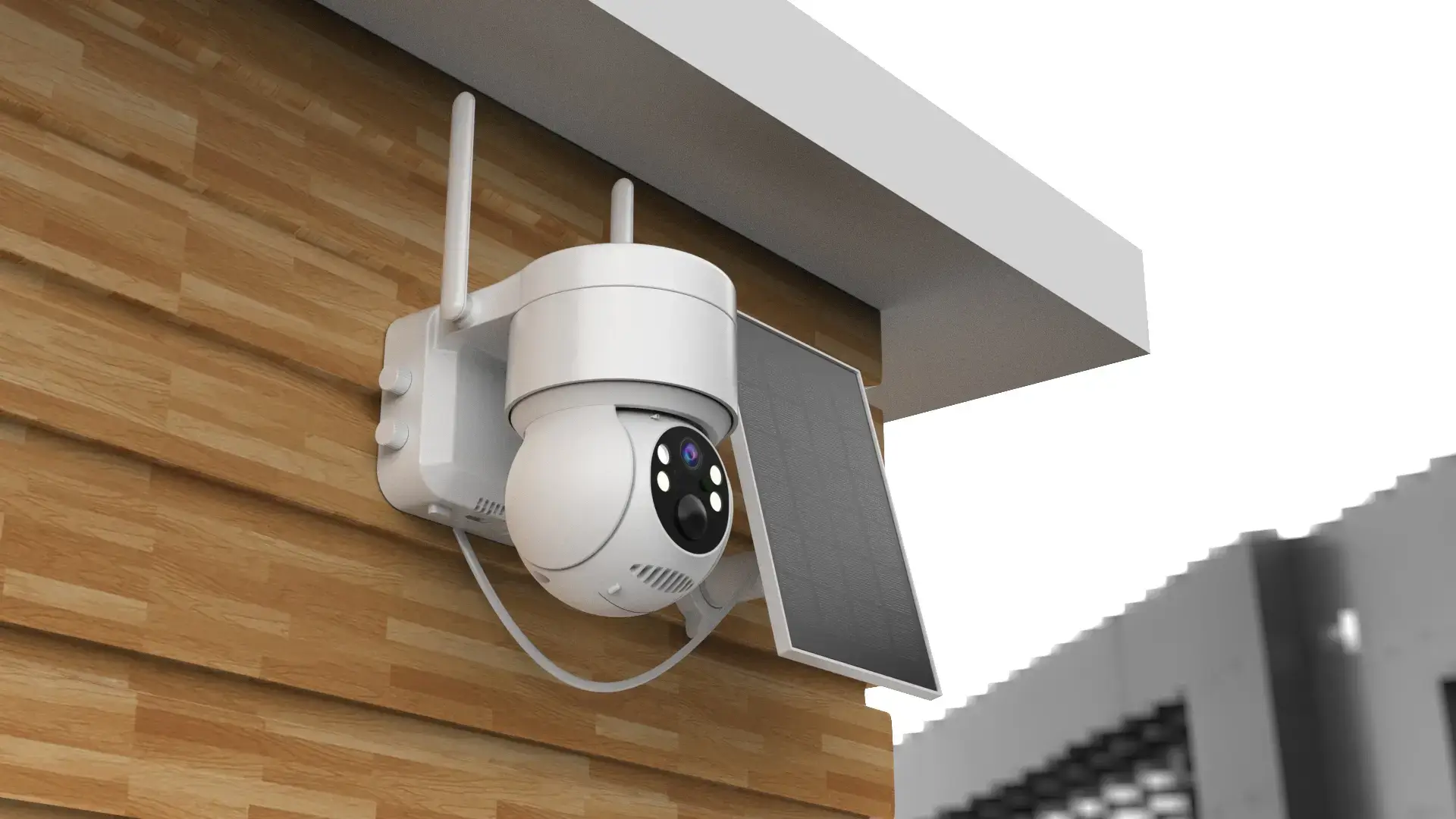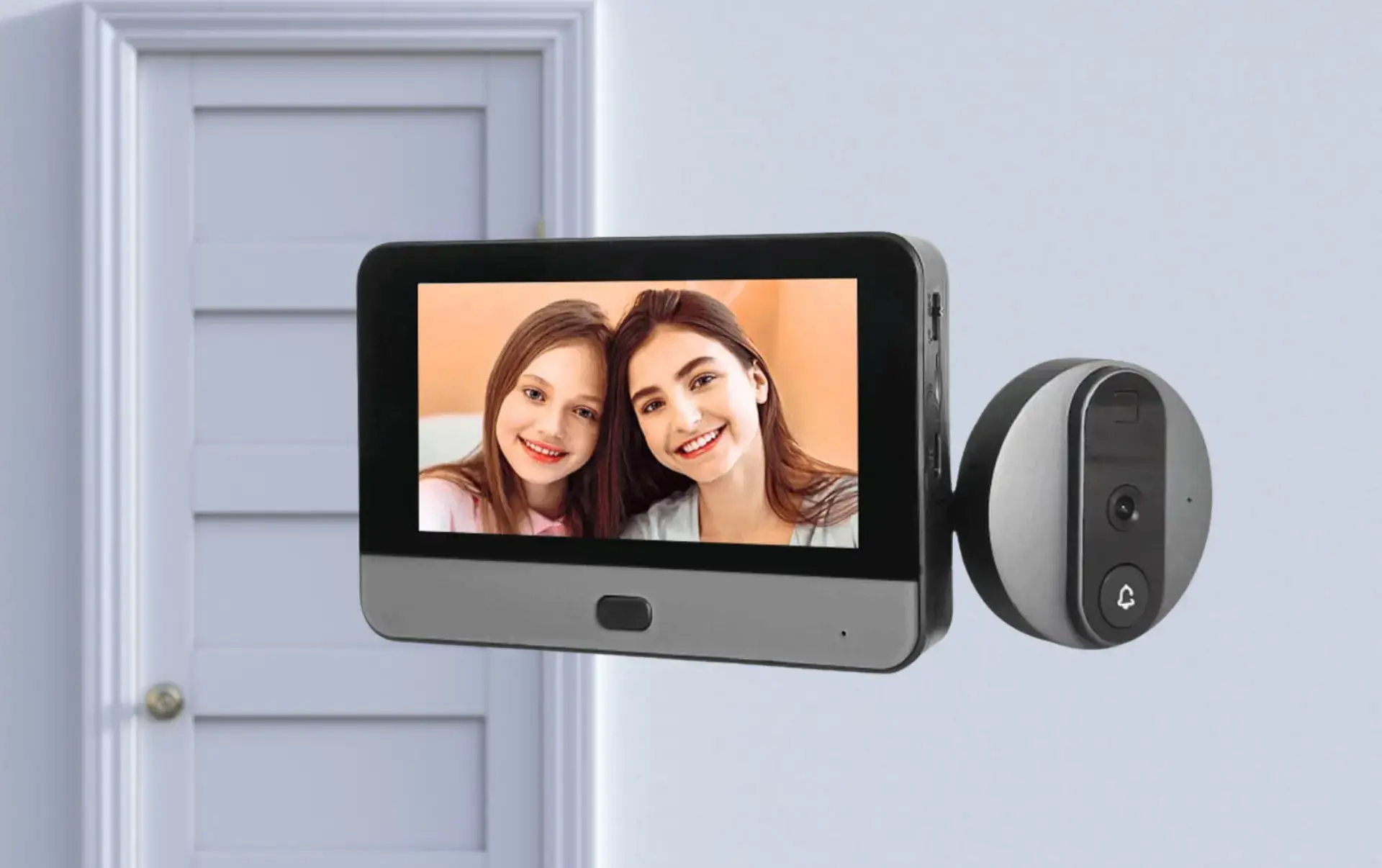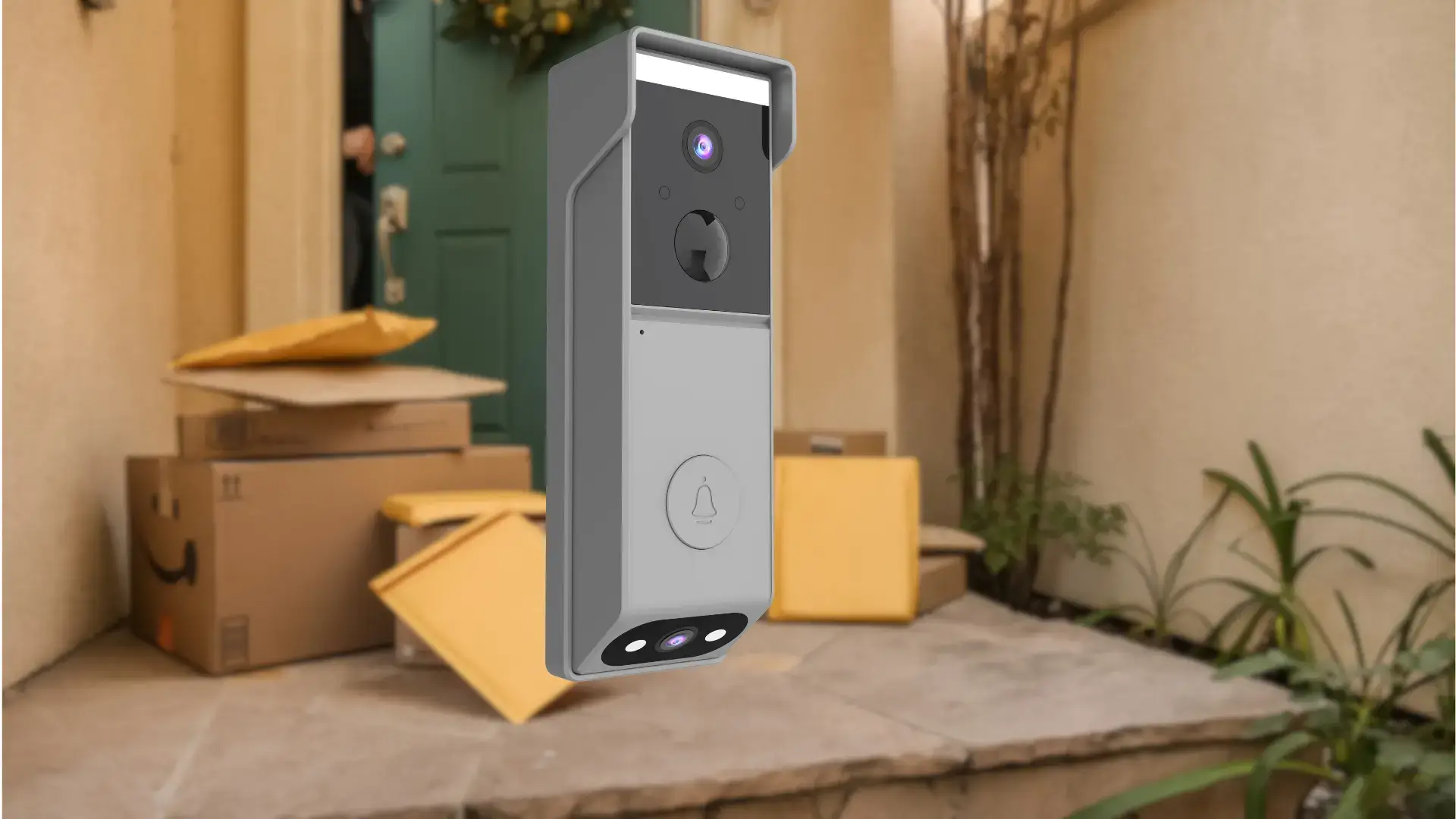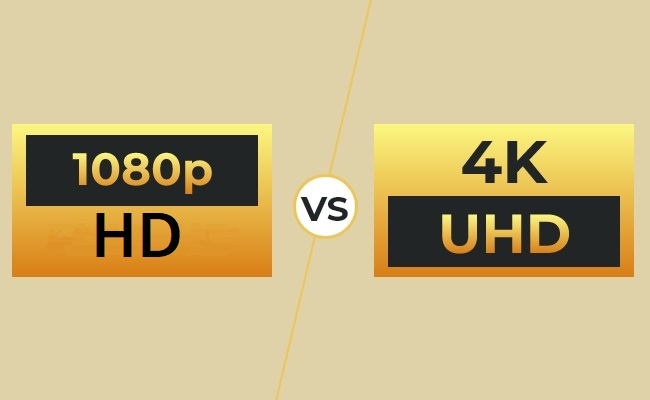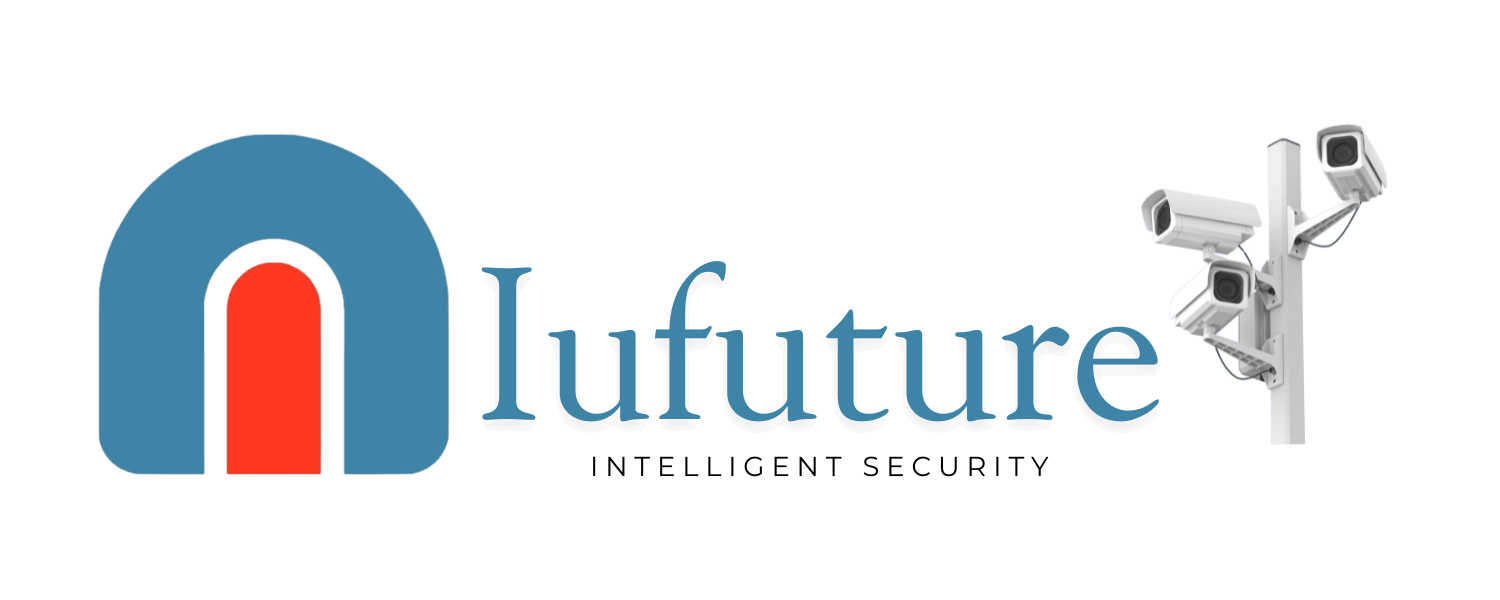Introduction
When deciding on your next display or streaming upgrade, understanding the difference between UHD and HD is essential. These two video standards differ in resolution, image clarity, storage demands, and device compatibility. If you’re wondering whether to go with UHD or HD, this guide will walk you through each factor so you can choose wisely based on your needs and usage.
Similarly, when choosing a surveillance solution—especially in outdoor or remote locations—it’s equally important to consider resolution and reliability. A solar powered camera security system equipped with Ultra HD can provide clearer evidence and wider coverage, making it a smart investment for both personal and business protection needs.
1. Resolution: UHD vs HD
Understanding the difference between UHD and HD begins with resolution.
HD Resolution
- HD (High Definition) features 1920×1080 pixels, also known as 1080p.
- Provides excellent quality for live TV, YouTube videos, and casual gaming.
UHD Resolution
- UHD (Ultra High Definition) boasts 3840×2160 pixels—commonly referred to as 4K.
- With four times more pixels than HD, UHD delivers exceptional detail and realism.
Example: A 55-inch UHD TV offers a far more detailed image than an HD TV of the same size. If you’re considering UHD or HD for a home theater, UHD will better meet your expectations for immersive viewing.
2. Picture Quality: Clarity and Detail
Let’s explore the difference between UHD and HD in terms of clarity and detail.
HD Quality
- Produces clean, sharp visuals on smaller screens.
- Ideal for general use, including cable TV and standard Blu-ray.
UHD Quality
- Delivers superior color depth, texture, and definition—perfect for large displays.
- Essential for professional content creators, editors, and gamers.
Case Study: A designer who upgraded from a 1080p HD monitor to a 4K UHD display found significantly better visual fidelity for editing. If you’re debating UHD or HD for professional purposes, UHD is the clear winner.
3. Storage and Bandwidth Requirements
Another major point in the UHD vs HD debate is how they affect storage and internet needs.
HD Storage Needs
- Requires less storage space, making it efficient for mobile or low-bandwidth setups.
- A 1-hour HD movie may only use 3–5GB.
UHD Storage Needs
- Demands more disk space and faster connections.
- A 1-hour UHD video might take 15–20GB and need a 25 Mbps connection or faster.
Example: In households with capped internet plans, choosing UHD or HD affects how quickly you reach your monthly limit.
4. Playback Device Compatibility
One last factor to consider is the hardware needed to support either format.
HD Compatibility
- Works with most TVs, laptops, and smartphones.
UHD Compatibility
- Requires a 4K-ready screen and compatible streaming or gaming devices.
Example: A gamer switching from an HD monitor to a UHD monitor for their PlayStation 5 will instantly notice better graphics. For gaming, UHD is generally the smarter investment for future-proofing.
5. Choosing Between Ultra HD and HD
Here’s a quick side-by-side to summarize the key differences:
| Feature | High Definition (HD) | Ultra High Definition (UHD) |
|---|---|---|
| Resolution | 1920×1080 pixels | 3840×2160 pixels |
| Image Quality | Sufficient for casual viewing | Sharper, more vivid visuals |
| Storage Needs | Smaller file sizes | Requires more disk space |
| Device Support | Universally compatible | Requires 4K-capable devices |
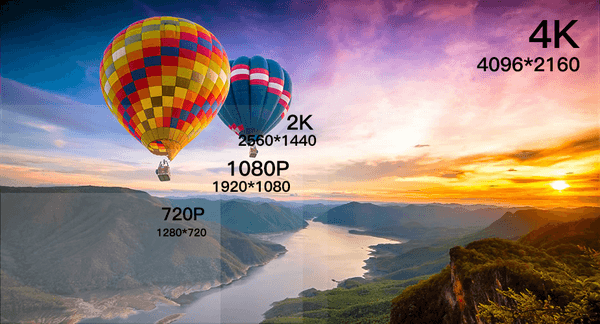
Conclusion
Whether you’re planning to upgrade your entertainment system, build a gaming setup, or simply stream your favorite content, knowing the difference between UHD and HD ensures you’re making a well-informed decision. If you’re asking yourself UHD or HD, the answer often comes down to how you use your display—whether it’s casual viewing or performance-driven tasks, UHD offers a next-level experience that’s worth the investment.
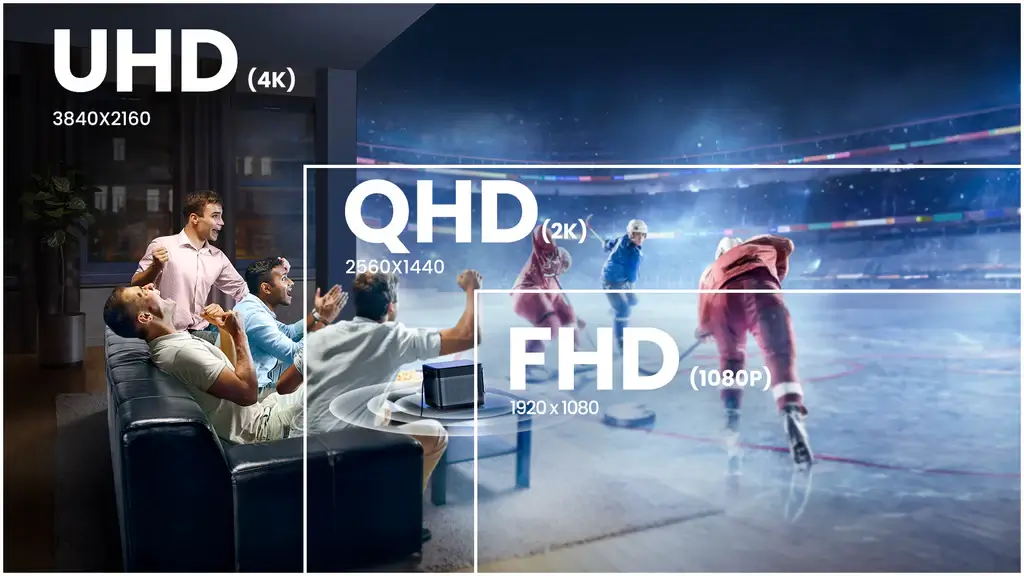
uhd-vs-hd-storage-requirements
Product Recommendations
If you’re upgrading your surveillance setup and deciding between Ultra HD and HD, choosing the right device is just as important as understanding the resolution. To help you make the most of your security system, here are three recommended products that combine modern features like 4K resolution, solar power, and intelligent tracking—each suited to different scenarios.
4K Security Camera Outdoor PTZ 8MP POE IP Camera with 20X Zoom
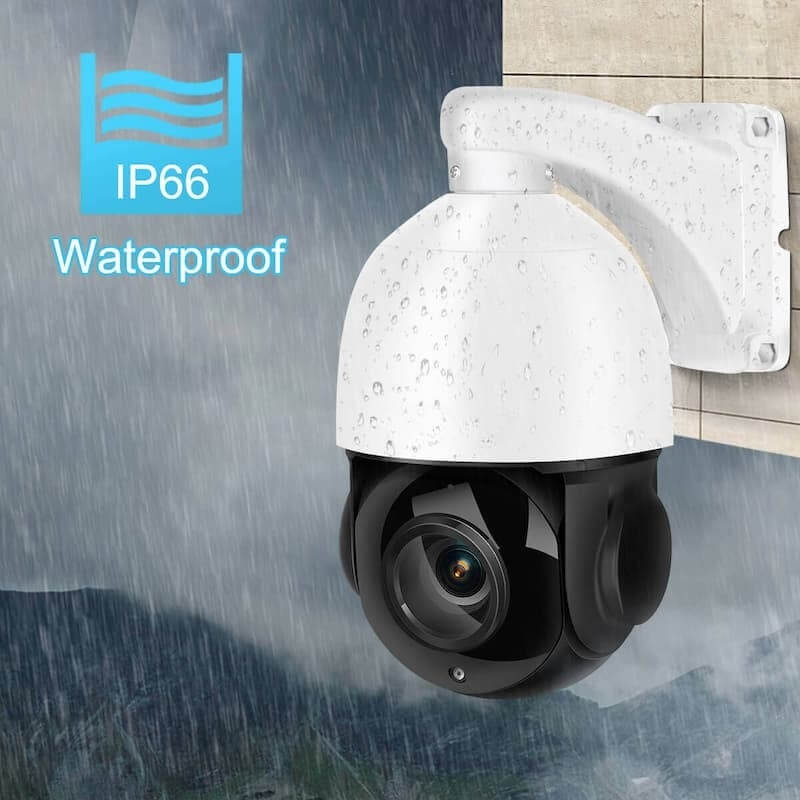
This high-performance camera delivers ultra-sharp 8MP Ultra HD visuals with PTZ control, 20X optical zoom, and AI auto-tracking. It’s ideal for users who want the sharpest detail—especially if you’re wondering what’s the difference between Ultra HD and HD in real-world performance. Designed for outdoor use, it supports PoE connection to reduce offline risks, ensuring you never miss a moment even if the camera goes offline temporarily.
Iufuture A31 2K Indoor Security Camera | Dual-Band WiFi Pet & Baby Monitor
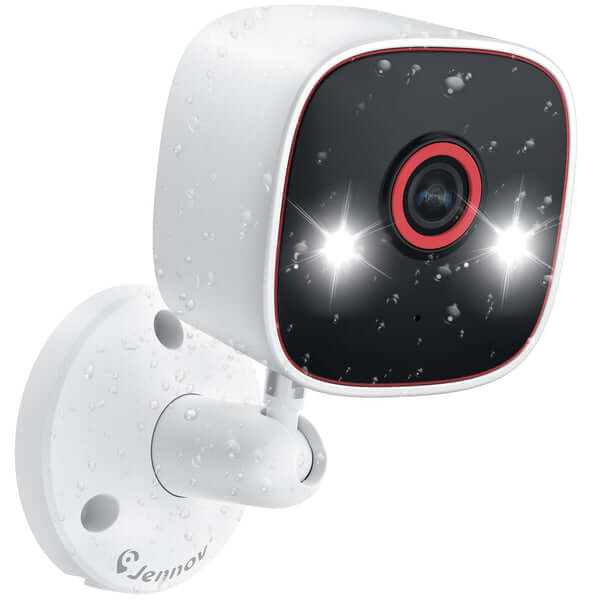
If you need an indoor option for home, office, or retail space, this compact yet powerful camera supports 2K resolution and color night vision. Its smart detection and mobile notifications keep your loved ones or assets safe. In case of network issues, it offers fast recovery to avoid the frustration of a camera offline experience.
Iufuture Intelligent Security Tuya 4G GSM Solar PTZ Camera

Solar-powered wireless camera offering professional surveillance systems for homes and businesses. This battery-powered device is the ultimate solution for off-grid or remote locations. As a reliable solar powered camera security system, it operates independently using solar panels and 4G SIM card connectivity—no WiFi or external power source needed. Whether you’re installing cctv solar powered wireless cameras on a construction site or deploying a solar powered CCTV security system for rural properties, it ensures non-stop monitoring. Designed for harsh environments, it’s part of a new generation of solar powered camera security that keeps your premises protected even when traditional systems can’t reach.
🔗 Related Reading from Our Blog
- How the color night vision security camera works
- B2B Camera Solutions for Modern Businesses
- Why 4K Is the Future of Surveillance Systems

